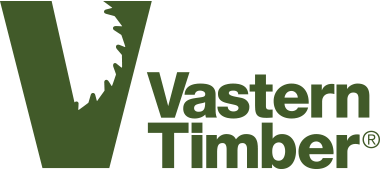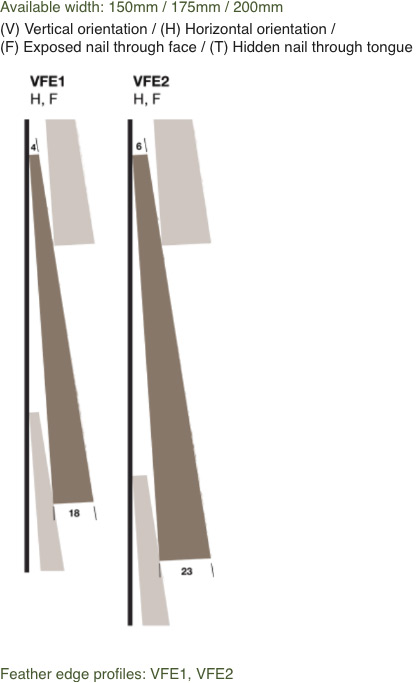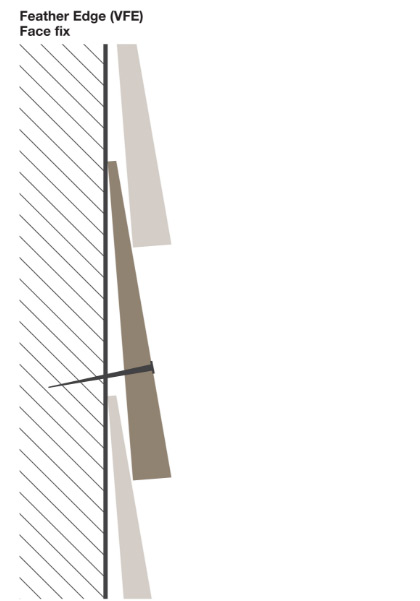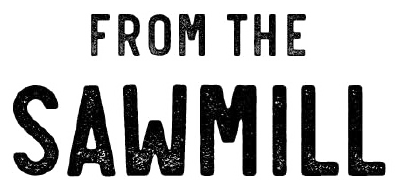Fixing Feather-edge Cladding
A guide to fixing feather edge cladding
Feather-edge cladding is a traditional style of external timber cladding favoured for barn conversions and oak framed buildings. The most common species used are larch, western red cedar and oak.
We make feather edge timber cladding from British-grown wood at our sawmills.
The following information is provided in the spirit of general advice. It is not intended as a comprehensive guide. If in doubt, we recommend employing a skilled tradesperson to carry out the installation.
Horizontal attachment only
Begin at the bottom, ensuring that the first board is level. Use a 10mm strip behind the lower edge of the bottom board for support. Overlap subsequent boards by 40 – 50mm. It is important not to reduce the recommended overlap.
Feather-edge profiles are generally cut from green (wet) timber and will, as a result, shrink by up to 15mm as the board dries.
Rebated boards are self-spacing
We recommend that each board is fixed once with a stainless steel nail located 10mm above the upper edge of the previous board. Some suppliers advise using two nails per board, but this does not allow for shrinkage of the board and can result in splitting.
End joining of the boards should coincide with a batten and should be staggered to ensure that consecutive boards do not joint in the same place.
Batten type
Treated softwood. 50mm thick x 50mm wide
Batten spacing
400 – 600mm
Nail type
Stainless steel ring shank nails. 50mm or 65mm for 4-18mm boards 65mm or 75mm for 6-23mm boards
When to fix
Autumn and winter months. Installing green (fresh sawn) during warm months is not advisable.
Other considerations
It is important to consider the potential dimensional shrinkage and movement of green timber. Depending on the species, boards may shrink by 10% over the first two to three years as the wood dries. If exposed to hot, dry weather before or soon after fitting, boards are likely to cup, warp and split. The best time to fit cladding is in the autumn or winter.






